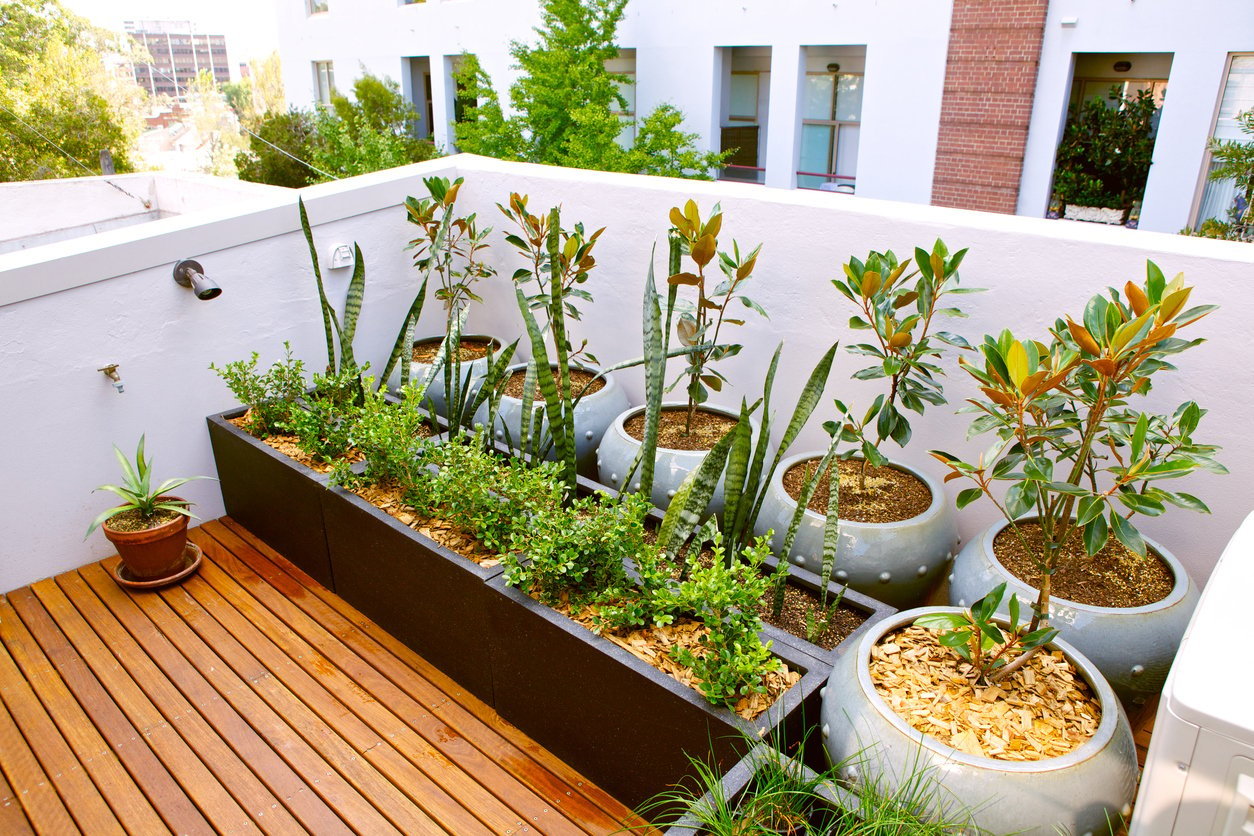How to Choose the Best Plants for Rooftop Gardens

Imagine transforming your rooftop into a lush, green oasis—a sanctuary where you can escape the hustle and bustle of urban life. Rooftop gardening is not just a trend; it's a sustainable way to bring nature into your cityscape. But how do you choose the best plants for rooftop gardens? Let’s dive into the world of urban gardening and explore the tips and tricks that will help you create a thriving rooftop paradise.
Understanding Rooftop Gardening
Rooftop gardening is a unique form of urban gardening that involves cultivating plants on the roofs of buildings. It’s a fantastic way to maximize space, improve air quality, and create a serene environment in the heart of the city. However, not all plants are suited for rooftop conditions. Factors like wind, sunlight exposure, and limited water availability play crucial roles in determining which plants will thrive.
Key Considerations for Choosing the Best Rooftop Plants
Wind Resistance
One of the primary challenges of rooftop gardening is dealing with strong winds. Plants that are naturally low-growing and have sturdy stems are ideal for rooftop gardens. Consider plants like sedum, which are known for their hardiness and ability to withstand windy conditions.
Sunlight Exposure
Rooftops are often exposed to full sun, making them ideal for sun-loving plants. However, if your rooftop has partial shade, you’ll need to choose plants that can thrive in those conditions. Research the sunlight requirements of each plant to ensure they will flourish in your specific rooftop environment.
Water Needs
Water availability can be limited on rooftops, so it’s essential to choose drought-tolerant plants. Succulents and native grasses are excellent choices because they require minimal watering. Additionally, consider installing a drip irrigation system to ensure your plants get the water they need without wasting resources.
Top Picks for the Best Rooftop Plants
Sedum
Sedum is a popular choice for rooftop gardens due to its low-growing nature and drought tolerance. These succulent plants come in various colors and textures, adding visual interest to your garden design. They are also incredibly hardy and require minimal maintenance.
Grasses
Ornamental grasses like blue fescue and Mexican feather grass are excellent choices for rooftop gardens. They are drought-tolerant and can withstand windy conditions. Plus, their swaying movements add a dynamic element to your garden.
Herbs
Herbs like rosemary, thyme, and lavender are not only beautiful but also functional. They thrive in full sun and are relatively low-maintenance. Plus, you can use them in your cooking, adding a fresh touch to your meals.
Vegetables
If you’re interested in sustainable gardening, consider growing vegetables on your rooftop. Leafy greens like lettuce and spinach, as well as root vegetables like radishes, are great options. They require minimal space and can be grown in containers.
Designing Your Rooftop Garden
Creating a beautiful and functional rooftop garden involves more than just choosing the right plants. Garden design plays a crucial role in the success of your urban oasis. Here are some tips to help you create a stunning rooftop garden:
Use Containers
Containers are a must for rooftop gardening. They allow you to control soil quality and water drainage. Plus, they come in various sizes and styles, making it easy to create a visually appealing garden.
Create Layers
To add depth and interest to your garden, create layers with different plant heights. Place taller plants in the background and shorter ones in the foreground. This technique creates a sense of depth and makes your garden look more lush and inviting.
Incorporate Hardscaping
Hardscaping elements like pathways, seating areas, and water features can enhance the overall aesthetic of your rooftop garden. They also provide functional spaces for relaxation and entertainment.
Rooftop Gardening Tips for Success
Start Small
If you’re new to rooftop gardening, start with a small area and gradually expand as you gain experience. This approach allows you to learn and make adjustments without overwhelming yourself.
Monitor Soil Moisture
Regularly check the moisture level of your soil to ensure your plants are getting the right amount of water. Overwatering can be just as harmful as underwatering, so it’s essential to find the right balance.
Protect Against Pests
Just like any garden, rooftop gardens can attract pests. Use organic pest control methods to keep your plants healthy and pest-free. Companion planting, where you plant certain plants together to deter pests, is an effective and eco-friendly strategy.
Conclusion
Choosing the best plants for rooftop gardens is a rewarding journey that combines creativity, sustainability, and a love for nature. By considering factors like wind resistance, sunlight exposure, and water needs, you can create a thriving urban oasis that brings joy and beauty to your cityscape.
Remember, rooftop gardening is not just about the plants; it’s about creating a space that reflects your personality and lifestyle. Whether you’re growing herbs for cooking, vegetables for sustainability, or ornamental plants for aesthetic appeal, your rooftop garden is a testament to your commitment to urban gardening.
So, are you ready to transform your rooftop into a green paradise? With the right plants and a bit of creativity, you can create a garden that not only enhances your living space but also contributes to a greener, more sustainable urban environment. Happy gardening!
FAQs
What are the benefits of rooftop gardening? Rooftop gardening offers numerous benefits, including improved air quality, reduced urban heat island effect, increased biodiversity, and enhanced mental well-being.
How do I ensure my rooftop garden is safe? Safety is paramount in rooftop gardening. Ensure your roof can support the weight of your garden, use sturdy containers, and install safety barriers if necessary.
Can I grow fruit trees on my rooftop? While it’s possible to grow dwarf fruit trees in containers, they require more care and specific conditions. Ensure your rooftop can accommodate their needs before planting.
How often should I water my rooftop garden? Watering frequency depends on the types of plants and the weather conditions. Generally, water your plants when the top inch of soil feels dry.
What are some low-maintenance plants for rooftop gardens? Low-maintenance plants include succulents like sedum, ornamental grasses, and herbs like rosemary and thyme. These plants require minimal watering and care.


0 Response to "How to Choose the Best Plants for Rooftop Gardens"
Post a Comment